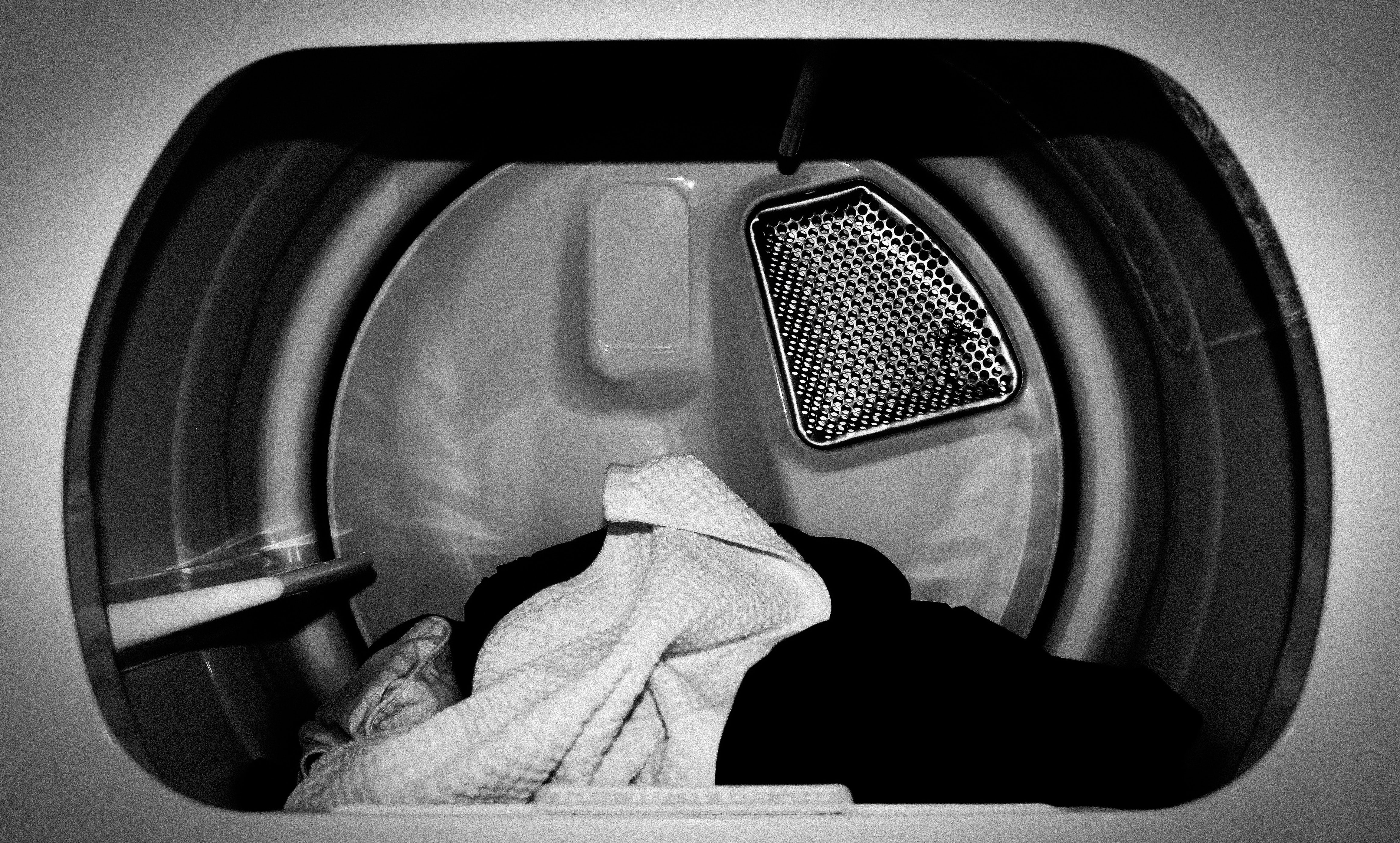Drying machines aboard recreational vessels pose a potential fire hazard if the equipment is not properly maintained. Most of these fires are caused by an accumulation of lint in dryer vent systems and failure to thoroughly clean. This gradual buildup can catch fire in the heating element or exhaust duct.
Boat owners should be aware of and familiar with marine laundry equipment and any associated systems. Here are some dryer fire prevention procedures and tips to maintain onboard laundry operations.
How To Clean Dryer Vent Systems
Pleasure craft vessels should have dryer vent and dryer exhaust ducts inspected regularly to minimize the risk of fire. Every time the dryer is used, small particles of lint escape the filter and build up in vent/duct areas. The trapped lint can then block the duct and ignite.
It’s best to hire a professional marine ventilation cleaning service. Various marine-expert providers have specialized HVAC cleaning experience in the maritime and yachting industries.
If you wish to do it yourself, follow these steps to clean your dryer vent safely and thoroughly:
- Disconnect the power source by unplugging the dryer or shutting it off from the electrical panel before you start.
- Move the dryer away from the wall and give yourself enough room to easily access the dryer vent.
- Remove the dryer vent hose, along with any clamps or screws. This may be difficult depending on the hose length and where it leads.
- Clean the moisture sensors with a dry cloth until all loosened debris and residue are removed.
- Clean the hose with a vacuum to suction lint from both ends. Then, use a brush to clear out any trapped lint and a wire hanger to snake out the remaining debris.
- Reattach the hose, clamps, and screws. Put the dryer back against the wall.
- Clean the exterior vent by removing the vent cover and cleaning any excess lint until it’s free from obstruction.
- Run the dryer. Reconnect the power and run the machine for 20 minutes. Check for any lint blowing out of the exterior vent. Then, turn the dryer off and put the vent cover back on if it is clear.
Basic Dryer Maintenance Tips
- Clean out the lint filter every time you use the dryer.
- Keep flammable cleaning supplies far away from your dryer.
- Regularly sweep dust in areas around and underneath the dryer.
- Opt for a solid metal dryer duct. Flexible foil or plastic ducts can sag and lead to lint buildup at low points.
- Exercise extra caution when drying items that are stained with volatile chemicals or flammable liquids. They should not be exposed to hot temperatures.
- Turn the dryer off when you are not aboard the vessel. There should always be someone nearby should anything go wrong.
- Establish clear lines of responsibility for dryer inspections, maintenance, and repair.
- Identify and maintain all associated safety equipment and extinguishing systems.
Frequently Asked Questions
What is a dryer vent?
Dryer vents remove excess heat produced during dryer cycles in order to prevent fires. Failing to keep the vent clean and free of obstructions can have major consequences.
Why clean the dryer vent?
While dryers have built-in lint traps as the first line of defense, the vent still fills with lint and other residues over time. Regularly cleaning the dryer vent will improve its efficiency and reduce the risk of fire.
How often should the dryer vent be cleaned?
According to the National Fire Protection Association (NFPA), the vent should be cleaned every three months. Additionally, the lint filter should be cleaned before and after each load of laundry. Clean it with a nylon brush every six months or more if it becomes clogged often. Don’t forget to clean the back of the dryer where lint is also likely to build up.
How do you know if the dryer vent is clogged?
Here are the main warning signs of a blocked dryer vent:
- Excess drying times
- Burning odor
- Hot exterior
- Considerable lint buildup

